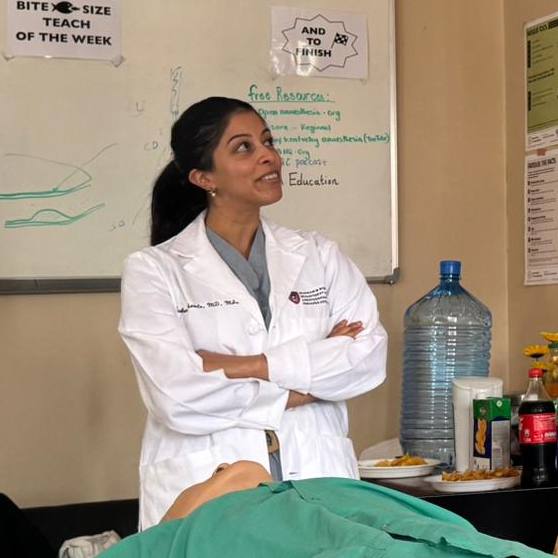-
Mayo Clinic Minute: When spine surgery is the answer
Having a back injury can put a person's life on hold. While most people can find relief through nonsurgical methods like physical therapy, steroid injections and medication management, some patients, including those with spine disorders, may need surgical intervention.
Dr. Matthew Neal, a Mayo Clinic neurosurgeon who specializes in minimally invasive spine surgery, says each patient's situation is unique. That's why what happens before surgery can be as important as what happens in the operating room.
Watch: The Mayo Clinic Minute.
Journalists: Broadcast-quality video (1:19) is in the downloads at the end of this post. Please courtesy: "Mayo Clinic News Network." Read the script.
"We look at each patient, and we look for the least invasive way to address their problem," Dr. Neal says.
"We're using virtual reality technology and the latest cutting-edge technology to help us educate patients ahead of surgery. We're using it to plan for surgery. And we're also using it in the operating room to help us visualize structures and increase the safety of surgery."
Minimally invasive surgery often falls into different categories.
"The goal of minimally invasive surgery is to minimize the damage to soft tissue around the spine. Most surgeries fall into one of three categories," Dr. Neal says. "The first category is decompression surgery."
"Another type of surgery that we do is called disc replacement surgery."
"The third type of surgery that we do is called spinal fusion surgery," Dr. Neals says. "With spinal fusion surgery, we're trying to fix two or more bones together. To do this, we need to place most of the time, some type of instrumentation into the body. That includes rods, screws, plates and sometimes cages into the disk space to hold those bones together."
For the safety of its patients, staff and visitors, Mayo Clinic has strict masking policies in place. Anyone shown without a mask was either recorded before COVID-19 or recorded in a nonpatient care area where social distancing and other safety protocols were followed.







